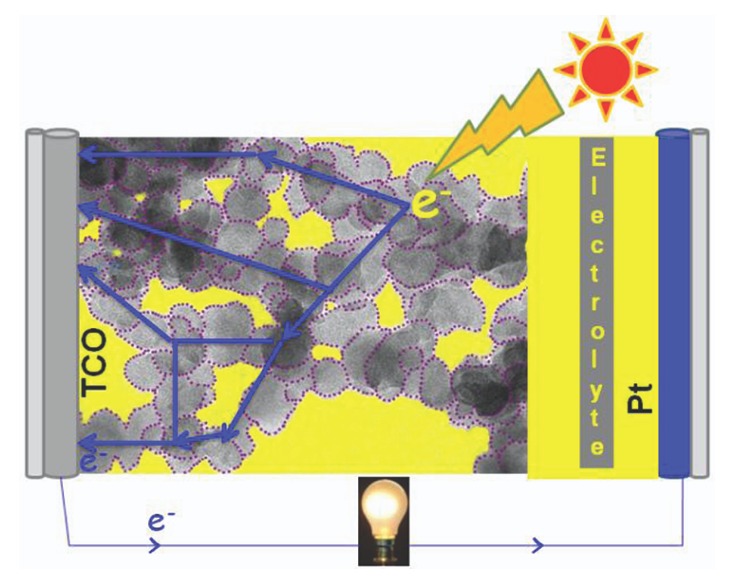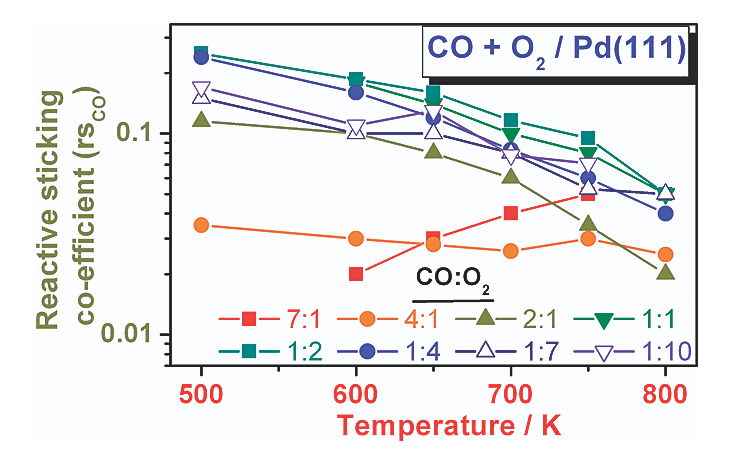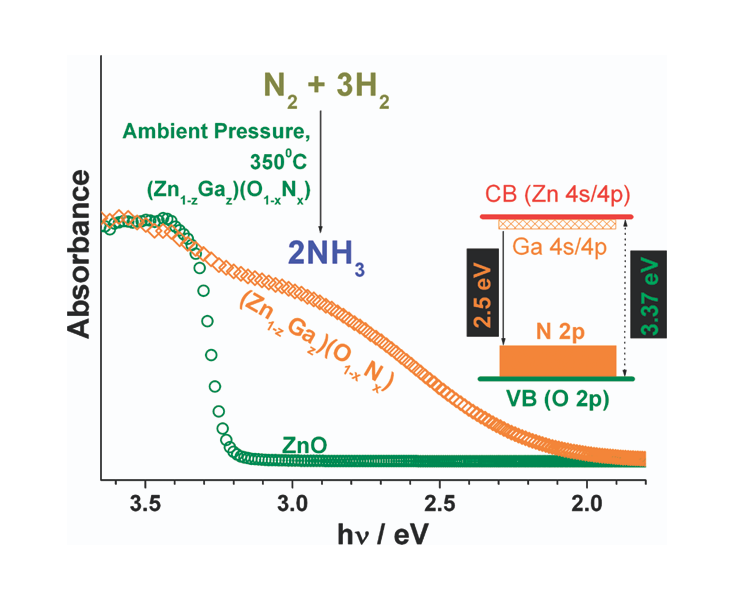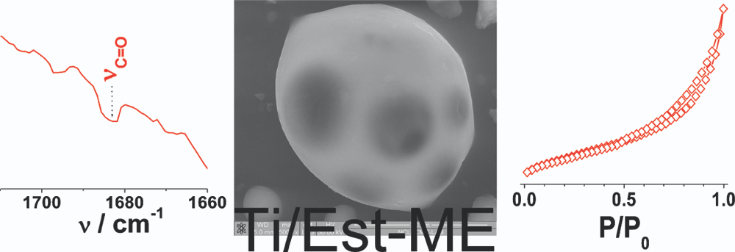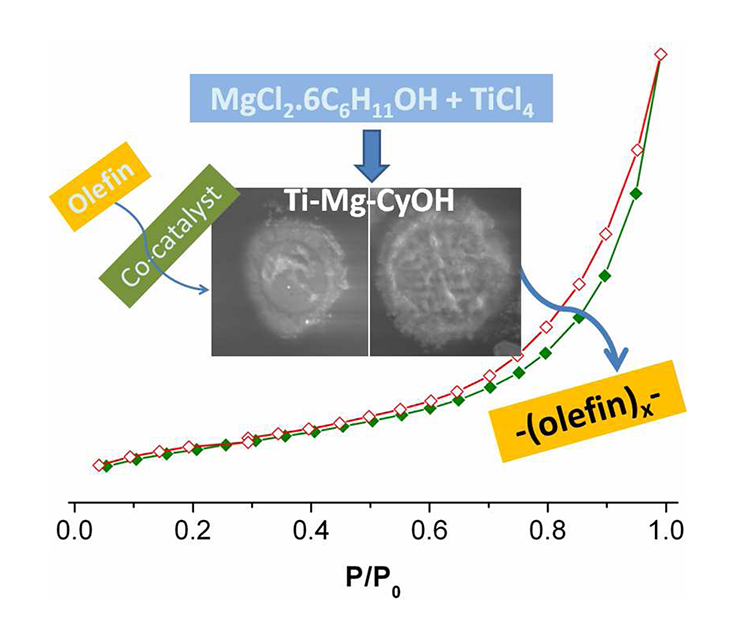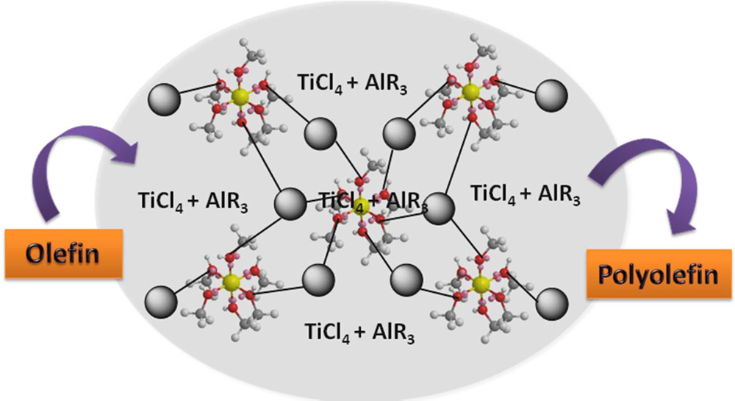|
Research Philosophy It is highly desirable (if we can) to jump onto the catalyst surface (as a probing spectator atom/molecule) and move with the reactant/products to find out what exactly is going on at the molecular level under reaction conditions. Since this is not possible, we require an understanding of the fundamentals that control the catalytic reactions and the related surface chemical events through several experiments by suitable means. Traditional catalyst development was based on hit and try approach and even after hitting a good catalyst, generally, there was no looking back on why a particular catalyst is active/selective and what fundamental properties contribute to that. Partly it is due to the complex catalytic materials involved as well as complex reactions. The goal of research in our laboratory is to understand the fundamentals of surface catalytic reactions on the real-world complex catalytic materials at a molecular level, and to suggest the ways to control the surface catalytic reactions based on the molecular level understanding. The molecular level controlling of the surface reactions would guide the development of highly active and/or selective catalysts, which might help to solve the critical issues of highly selective chemical processes in different catalytic reactions. To achieve the goal, we have been using the sophisticated tools such as Near Ambient Pressure Photoelectron Spectroscopy (NAPPES), Molecular Beam Instrument, In Situ IR spectroscopy, Photochemical characterization etc. along with micro and nano-materials into surface chemistry and catalysis.
Current activities ►Titania based new materials and Photcatalytic applications ACS Omega., (2017) 2, 6768 - 6781 Nature Scientific Reports., (2017) 7, 6515 ACS Catal. (2014) 4, 2844-2853
J. Mater. Chem., (2011) 21, 2639-2647 J. Phys. Chem. C, (2012) 116, 2581-2587
►Ambient Pressure Photoelectron Spectroscopy(APPES) ACS. Appl. Mater. Interfaces, (2018), 10, 41268-41278 J.Phys. Chem. C. (2018), 122, 4331-4338 J. Phys. Chem. C., (2014) 117, 4717-4726
Anal. Chem. (2014), 86, 3683-3687
►Redifining Catalysis ACS Catalysis (2014) 4, 1801-1811 J. Phys. Chem. C. (2009) 113, 7385-7397
►Molecular Beam Kinetic studies Phys. Chem. Chem. Phys. (2016) 18, 27594 - 27602 Journal of Physical Chemistry B, 109, 13272 Catalysis Letters, 119, Issue1-2, Pages, 50-58 Journal of Physical Chemistry C, Volume113, Issue17, Pages7385-7397
►Band-Gap Engineering of semiconductor at Molecular level Dalton Transactions 2014, Volume 33, Pages 12546-12554 Chemistry of Materials, Volume 21, Issue 2, Pages 351-359
Chemistry of Materials, Volume 21, Issue 13, Pages 2973-2979
Chem. Mater., (2010), 22, 565-578
►Heterogeneous Ziegler-Natta Catalysis J. Phys. Chem. C. (2009) 113, 8556-8559
J. Phys. Chem. C, (2011) 115, 1952-1960
J. Phys. Chem. C, (2012) 116, 24115-24122
|



